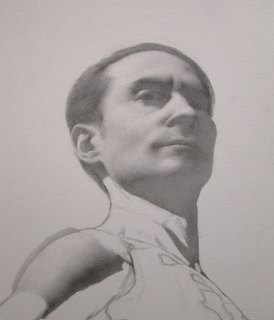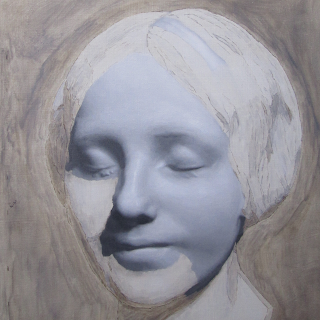My experience at Grand Central Atelier has been better than I could have imagined before I moved to New York. GCA, including its core program and workshops/part-time classes I have taken there, is by far the best school for classical art education that I have ever studied at. Not only do the instructors continually provide valuable insights into how I can develop my technique and problem solving skills but furthermore I am surrounded by a positive environment of students who are constantly improving and are willing to share advice. Also there are so many amazing museums and exhibitions showcasing the genre of classical painting that I have desire to align my work with and viewing those pieces in person has provided invaluable learning experiences that will inform my art for the rest of my career. I have found the art community at GCA and in New York to consistently re-iterate the fact that progress is limitless.
Some of the portrait drawings I worked on this year at school are shown below.
Santiago from the May afternoon pose
I have been trying to improve on gaining a stronger sense of the larger
overall form of the head while working to incorporate smaller sub-forms,
such as the eyes, in their proper relation to the portrait. My teachers have
been very helpful in making me aware of ways to appreciate and focus on
this aspect of rendering. Paying more attention to the larger form of the portrait at first also has made it more effective and easier to incorporate the sub-forms.
From the April afternoon pose (with added background and drapery)
While it is engaging to
render, I have found that significant improvement lies in much comparison of my drawing in its
relation to the subject, both in conceptual form and visual evaluation
terms. I have a tendency to constantly want to have my pencil to the
paper or brush to the canvas. Scott Waddell's advice this year was very helpful in organizing my working method to create better results. Getting into the habit of taking more
time to evaluate my decisions has assisted in organizing the sub-forms
to the larger overall forms in my portraits. I noticed that the more I
question whether I am getting closer to my goal the better I can see
changes that need to be made.
Santiago from the March afternoon pose
Thanks so much to the help from all of my teachers and peer students. This year I am fortunate to have benefited from the teaching and advice from many of the instructors at Grand Central Atelier including, Scott Waddell, Patrick Byrnes, Devin Cecil-Wishing, Justin Wood, Brendan Johnston, Katie Whipple, Ted Minoff, Tony Curanaj, Josh LaRock, Jacob Collins, Colleen Barry, Will St. John, Zoe Dufour, Charlie Mostow, Sally Fama Cochrane and Katie Engberg.
I am very much looking forward to what awaits in my second year at Grand Central Atelier.
Thanks again to all who supported my art material fundraiser for school (The Arthur Haywood Education Initiative). I am very fortunate to be learning so much with the supplies.







